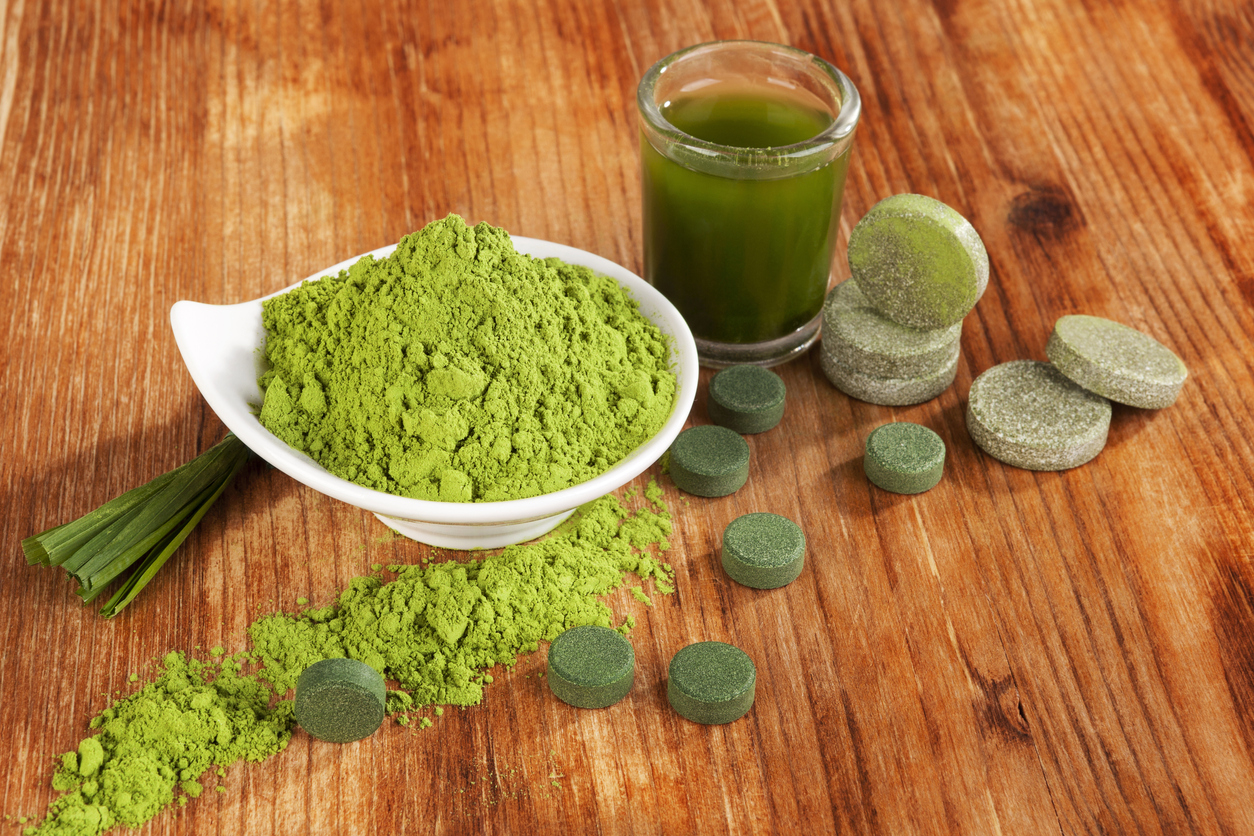chlorella vs spirulina are micro-algae that are rich in protein, vitamins, minerals, and antioxidants. They can be added to smoothies and other foods for a powerful nutritional boost.
The key difference between spirulina and chlorella is that spirulina does not have an indigestible cellulose cell wall. Chlorella has a cellulose cell wall that must be mechanically broken down in order for it to be digested.
Chlorella
Spirulina and chlorella are both green algae packed with a host of beneficial nutrients. These include protein, amino acids, fatty acids, chlorophyll, vitamin C and B-12, iron, minerals, and more.
These microalgae are one of the oldest forms of life on Earth and are incredibly nutrient rich, making them one of the most powerful supplements on the market. They are also easy to digest and help balance out acidity in the body.
Chlorella contains a compound called phycocyanin, which may improve lung function and respiratory conditions such as asthma or chronic obstructive pulmonary disease (COPD) by improving oxygen delivery to the cells.
The EPA and DHA in spirulina help protect against inflammation, and it’s also rich in calcium, magnesium, potassium, copper, folic acid, and vitamins A and E. Both spirulina and chlorella are safe to take for most people, although some can experience side effects such as nausea or digestive distress or increased photosensitivity, especially in high doses.
Spirulina
Spirulina is a microalgae, which means it doesn’t have stems or roots like plants. Instead, it’s a mass of interconnected cells that contain chlorophyll and other nutrients. This makes spirulina a great source of protein, minerals, and vitamins A, E, and K. It also contains essential fatty acids and beta-carotene.
Spiruline is rich in the immune-boosting pigment phycocyanin, which gives it its green color. This pigment is believed to help the body block and kill cancer cells. It’s also been shown to reduce inflammation and lower blood triglyceride levels, which helps prevent heart disease.
However, spirulina can carry heavy metals and other environmental contaminants. So it’s important to know where your spirulina is coming from and make sure it’s organically grown. It’s also high in the amino acid phenylalanine, so people with phenylketonuria (PKU) should avoid it. Additionally, spirulina can absorb mercury and other toxic elements from the water it’s grown in. So be careful if you’re pregnant or nursing.
Nutrients
Both chlorella and spirulina are nutrient-rich green superfoods, with similar benefits. They’re both high in protein, vitamins and minerals, and chlorophyll. Both contain vitamin A, as well as potassium, calcium, magnesium, folic acid, and iron. In addition, spirulina contains the essential fatty acids omega-3 and omega-6.
Both spirulina and chlorella are safe to take, but there are some important differences to keep in mind. Spirulina is a cyanobacterium with anti-inflammatory properties, and it can help lower cholesterol levels. It’s also rich in antioxidants, which may help prevent cardiovascular disease and cancer.
Chlorella, on the other hand, has more detoxification properties than spirulina and is known for its chlorophyll content. It can also help increase the number of white blood cells in the body, and it contains protein, omega-3 fatty acids, zinc, magnesium, and copper. Both supplements are great for adding to your diet, but you should choose a product that has been grown organically or sustainably.
Side Effects
Chlorella and spirulina are both commonly found in powdered greens supplements, where they can be mixed with water for an energizing drink. They are also available in capsule and tablet form.
Spirulina contains the unique pigment phycocyanin, which acts as a powerful anti-inflammatory. It reduces the overproduction of pro-inflammatory cytokines and inhibits the cyclooxygenase 2 enzyme, which is responsible for the production of inflammation in our bodies.
Both chlorella and spirulina are rich in protein, vitamin B12, gamma-linolenic acid (GLA), iron, zinc and other antioxidant nutrients. They are safe for long-term use, although some people may experience digestive distress at high doses. Chlorella can be a problem for people with iodine sensitivities, as it can contain moderate amounts of iodine. It can also trigger an allergic reaction in people who are sensitive to molds or have weak immune systems. It is recommended to start with a low dosage and increase it gradually. This will help you to avoid digestive discomfort and other side effects.









